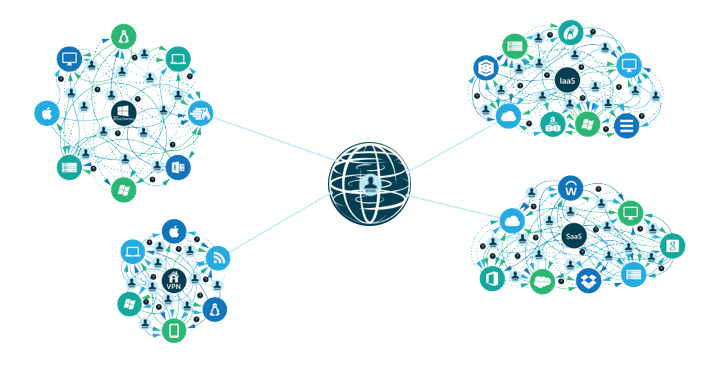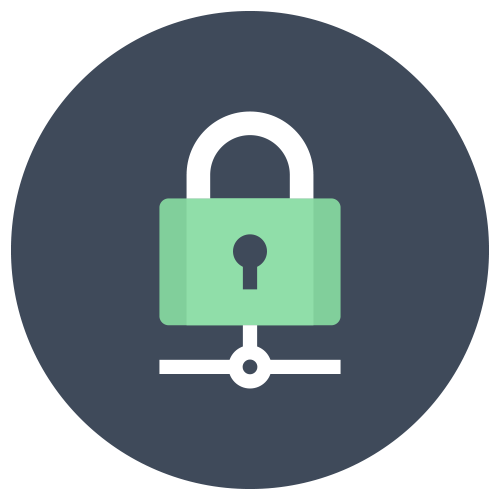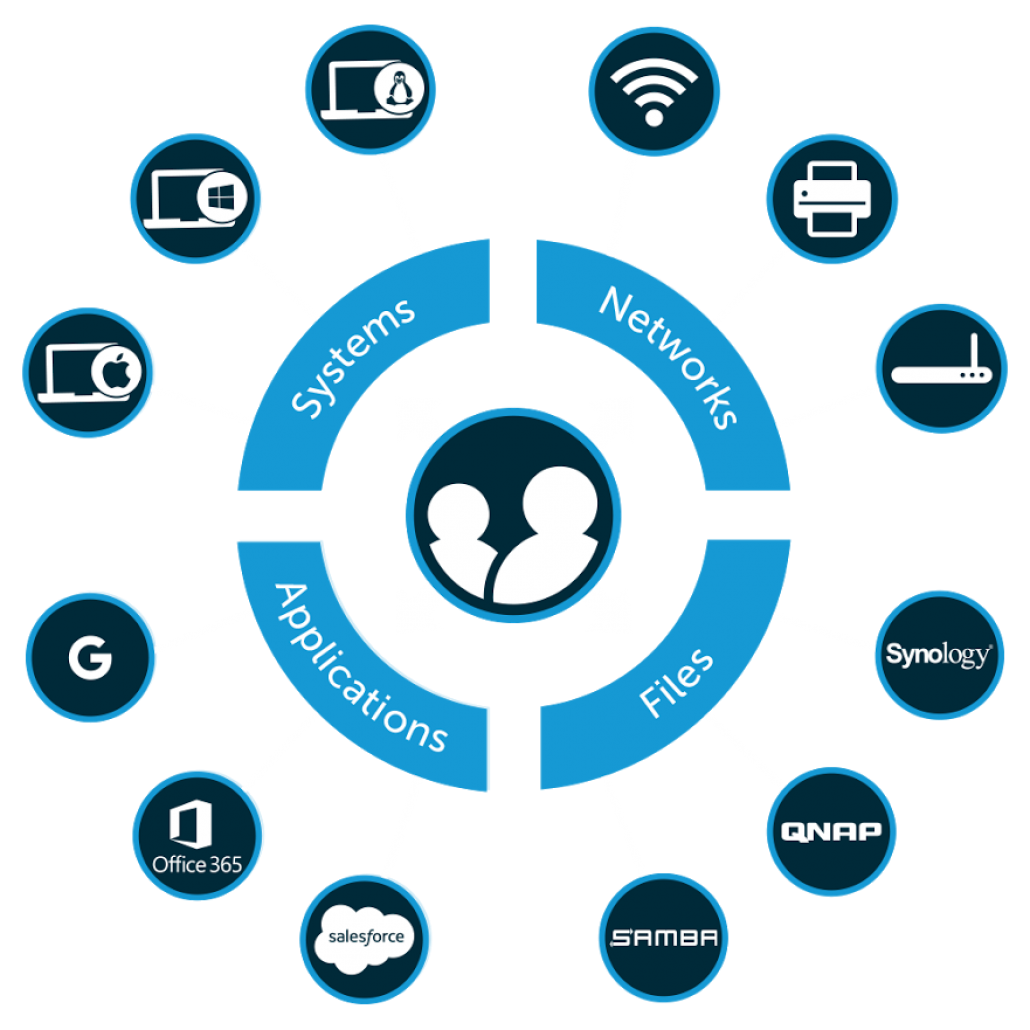IT organizations have a lot of priorities.
In fact, they may have too many. So why should Directory Services be at the top of the list?

As IT’s stature within the business landscape has increased, so too has their priority list. Just about everything that an organization does now has some component of IT.
A new office needs a new network. A new product needs a new automated supply chain. An organization needs a new transformation or efficiency initiative, and IT is right there supporting the business owner. With all of these challenging and often conflicting priorities, it is easy to understand why core IT infrastructure is often pushed off until later.
We see this all of the time with IT organizations that are at the center of their organizations. It’s why we see so many issues and challenges with businesses scaling. One area where we always encourage IT organizations to build a strong foundation is in identity management. This is achievable with directory services platforms.
Why Should Directory Services be a Priority?
In today’s business environment, digital assets are critical to organizations and productive employees are mandatory. The key to unlocking this and more is having a foundation where IT admins can securely connect their users to the IT resources they need. This is why directory services should be a priority for any emerging and growing organization.

Why Identity Management is Important
These are four core reasons why building your identity management foundation is vital to an organization’s growth.
Efficiency
As an organization scales, it needs systems and processes. Onboarding and offboarding users efficiently and enabling end users to quickly and easily gain access to their IT resources (systems, applications, files, networks) is critical to successfully growing a business. For example, the average employee must authenticate to websites and apps 154 times a month, with each instance taking an average of 14 seconds. That’s about thirty-six minutes a month of wasted activity, according to LastPass, Both parts of the equation – IT and end users – need to see efficiency in order to be successful. Without it, the organization drowns under the weight of their success. Being able to connect a wide variety of IT resources to a modern directory service can save IT tremendous amounts of time, while enabling end users to access what they need from one central identity.

Security
There hasn’t been a more risky time in the history of business. Every day, 4.9 million records are stolen, according to the Breach Level Index. A 2017 Cost of Data Breach Study also found that $225 is the average cost per lost or stolen record. That means that $1.1 billion is lost every day due to stolen records. IT organizations are the keepers of a corporation’s crown jewels, their digital assets. There are more ways that hackers and corporate attackers can access confidential data than ever before. It’s no wonder that IT organizations are overwhelmed. They look at all of the things that they need to do to secure their infrastructure, and they simply don’t have time to enable the business. Digital identities have become the gateway to compromises and breaches, and now they are IT’s number one focus to keep secure.

Control
In an era where shadow IT is an everyday occurrence, end users can put massive amounts of compute power on their credit cards, and there is a blending of personal and professional systems and applications. It makes sense when IT organizations say they are losing control. They are. In 2015, Cisco conducted a study in which IT departments estimated their organizations were using 51 cloud services on average, when in reality that number is much larger. In other words, shadow IT is getting bigger. IT organizations are racing to stay ahead of the business in order to maintain the control that they need to enable and protect the organization. Controlling user access to just about any type of IT resources is at the top of that list. If end users know that they can connect their new application to the corporate directory service, that means that IT ultimately can control user access and security. In the modern era, that’s a massive step up.

Agility
Historically, IT organizations have been forced to use one platform or vendor’s solutions because of the ease of implementation and management. In today’s fast-paced business environment, end users want to use the right tools for their jobs, and that may mean solutions that IT hasn’t heard of. Ideally, IT would be able to leverage a single identity management platform that cuts across their entire infrastructure. As a result, Platform-as-a-Service adoption is predicted to be the fastest growing sector of cloud platforms, according to KPMG, growing from 32% in 2017 to 56% adoption by 2020. It makes sense. By centrally connecting user access to a wide range of IT resources through standards-based protocols, IT can quickly enable the business to use whatever it needs, even if there isn’t any experience with the solution. End users stay agile, and the IT organization can as well.

Learn More About Directory Services
It’s easy to be pulled in a million different directions when you are a part of the IT organization and focusing on identity management might not be at the top of the list because of all of the other urgent needs. However, directory services have a significant impact on an organization’s ability to do more, faster. This means your choices around this foundational piece can have an impact on whether or not your business venture succeeds.

If you would like to learn more about why directory services should be a priority and the value that you can generate from taking a next-generation approach, drop us a note.
